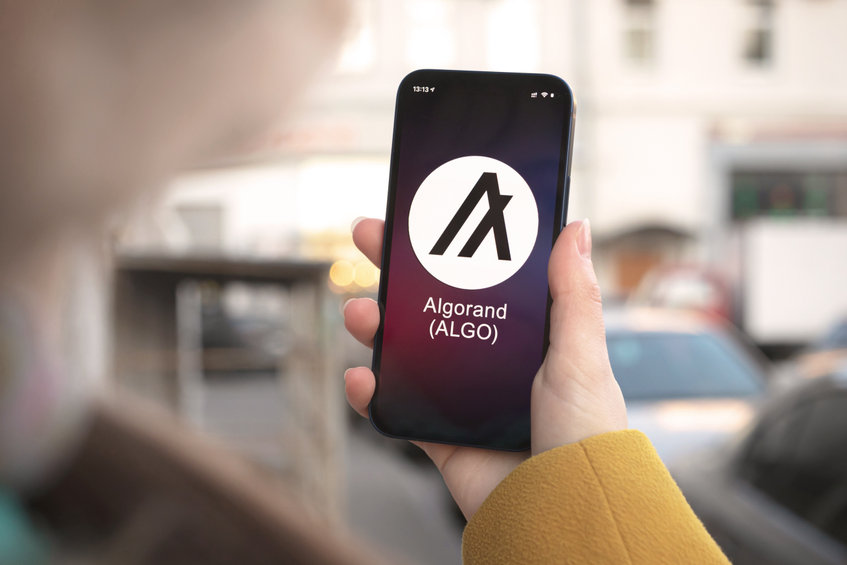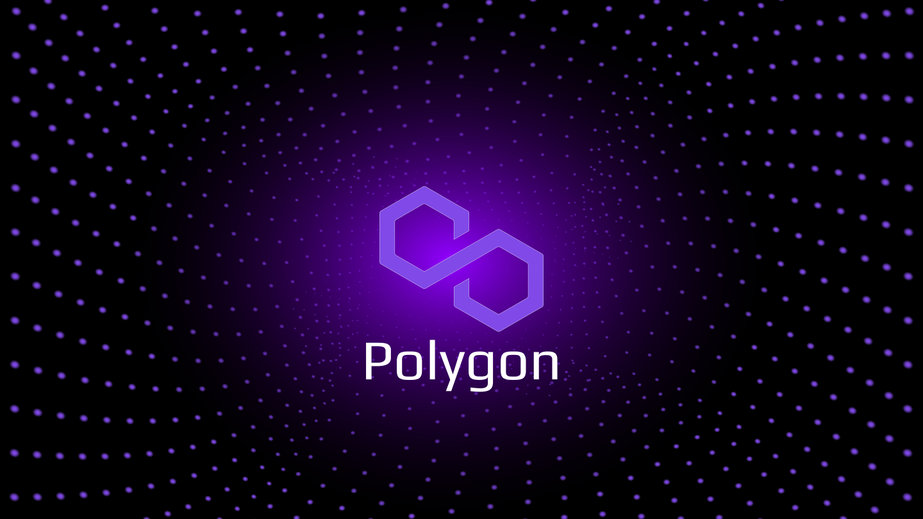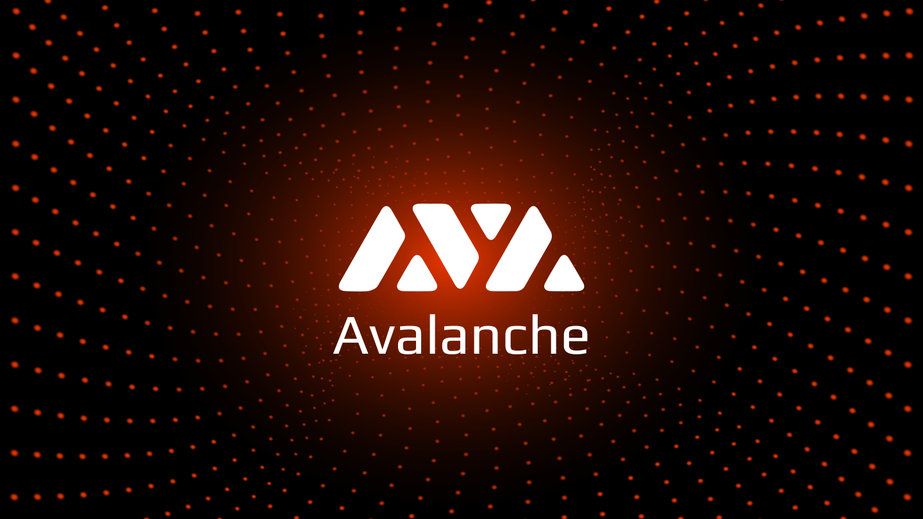
After hitting an all-time high at the start of April, Zilliqa (ZIL) has fallen sharply as investors continue to lock in profit from its meteoric rise. The coin is however still exposed to further downside. More on this later in the post but first, here are the key takeaways.
-
ZIL has slipped below its crucial demand range between $0.097 and $0.121.
-
The coin is now firmly on a bearish trend with very little upward momentum.
-
Failure to regain the demand range mentioned above will lead to a 45% decline.
 Data Source: Tradingview
Data Source: Tradingview
Zilliqa (ZIL) – The downside risk to note
March was the best month for Zilliqa. The coin managed to surge by over 500%, outperforming all other major coins in the market by a huge margin. ZIL in fact hit its all-time high on April 1. It was trading at around $0.230 at the time.
But after such a meteoric rise, an epic correction was inevitable. As investors started to take their profits, the coin fell sharply. At the moment, ZIL has lost nearly 150% of its ATH. Crucially, the coin has slipped below an important demand zone ranging from $0.097 and $0.121.
This is a sign of major weakness and in fact, ZIL is now bearish. If the coin fails to regain this demand zone, the price action will weaken further. In fact, ZIL could nose dive by another 50% before it finds any demand.
Is Zilliqa’s bull run over?
Yes, at the moment, the bull run that ZIL reported in March and the start of April is now gone. We do not expect the coin to retest its ATH anytime soon.
Instead, ZIL will remain bearish for the next few weeks. The coin could bottom at $0.05, roughly closer to where it was before the March bull run. The correction we all expected will now be complete.
The post Zilliqa (ZIL) is facing a possible 45% nosedive – Here is why appeared first on Coin Journal.


 Data Source: Tradingview
Data Source: Tradingview 
 Data Source: Tradingview
Data Source: Tradingview 



